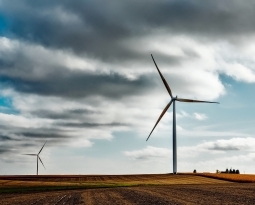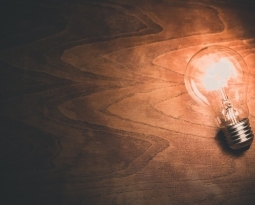R&D Recreating Business
Competitive Differentiation
We are all beyond aware of the rapidity of innovation today. In less than twenty years we have seen the technological dreams of Sci-Fi favorites come to life. Just this July we watched as the launch of Pokemon GO transformed the business sphere overnight, creating new methods of engaging consumers. As we accelerate our technological capabilities the challenge we face is to balance that technological innovation within human spheres such as workplaces, learning environments and business.
In a review of R&D transformation in relation to digitalization, SAP Vice President – Thomas Ohnemus, wrote that, “only five percent of companies say they’ve mastered digital transformation to the point of competitive differentiation.” In this quickly evolving market, competitive differentiation can be achieved through rapid response to the demand for innovation. This is where R&D must constantly be one step ahead of the game.
Shifting Business Structure
While this race of market prediction is typically seen in the electronic industry, Ohnemus draws attention to the frequency in which companies are shifting from offering products to offering services. In this way companies must rethink the way they perform business; selling a service often requires continued customer relations, troubleshooting and preventative care to keep the service running smoothly.
Innovating to Create Innovation
As the industry itself transforms, so must the workplace and the expectations surrounding furthered education within companies. Google has been one of the greatest workplace innovators – as the source of much of the world’s information Google employees are encouraged to take full advantage of the resource. Furthering education on topics of interest as well as using the company’s wide range of technological innovations to improve company culture and communication. This can be extended from personal interests to company training as education methods become faster and more accessible harnessing the strengths of millennials.
A famous example of this is Google’s 20 percent projects. Google allowed creativity to blossom and subsequently produce major projects such as Gmail and Google News by allotting for 20 percent of working hours to be dedicated to furthering personal projects and interests. While the 20 percent project time is rumored to have lost momentum it is true that, “any company can benefit from learning how to better attract and manage innovators, foster engagement and ultimately lead to success.” Thomas Ohnemus suggests that nowhere are these innovative techniques more important than in R&D.
If you would like to discuss the R&D Tax Incentive further, please do not hesitate to contact one of Swanson Reed’s offices today.

















